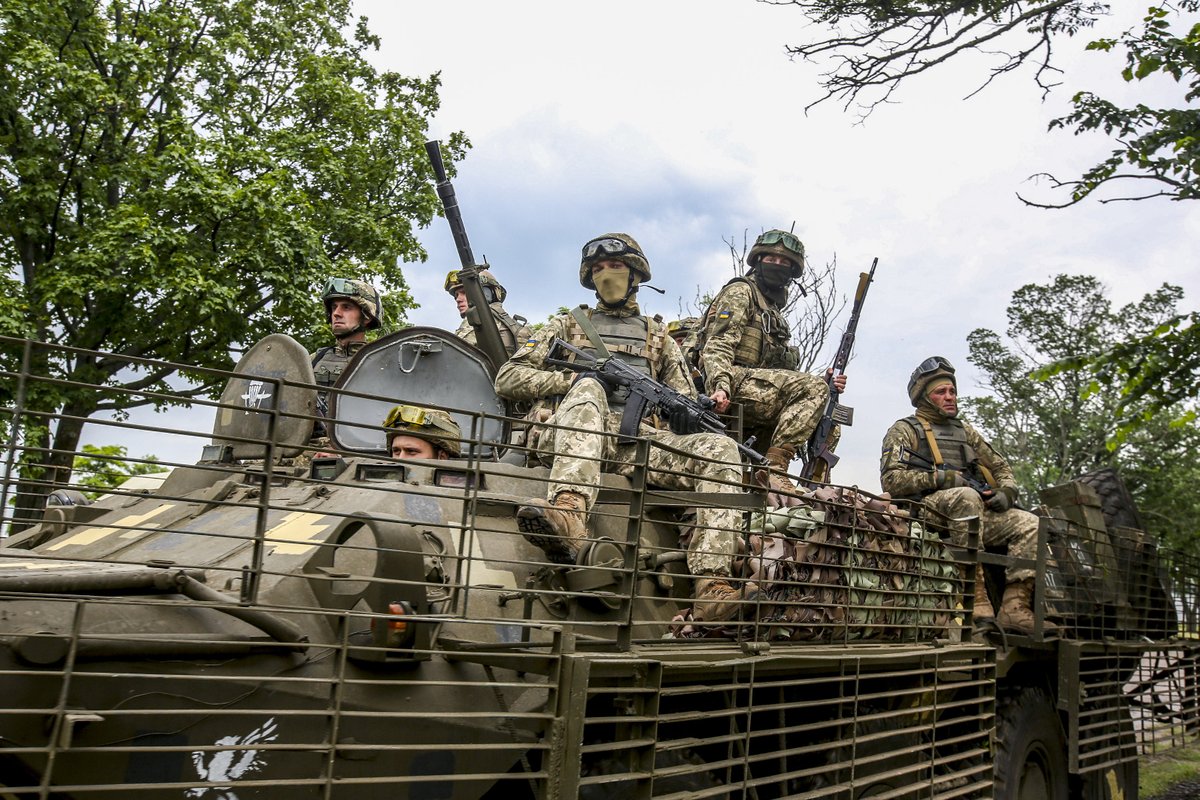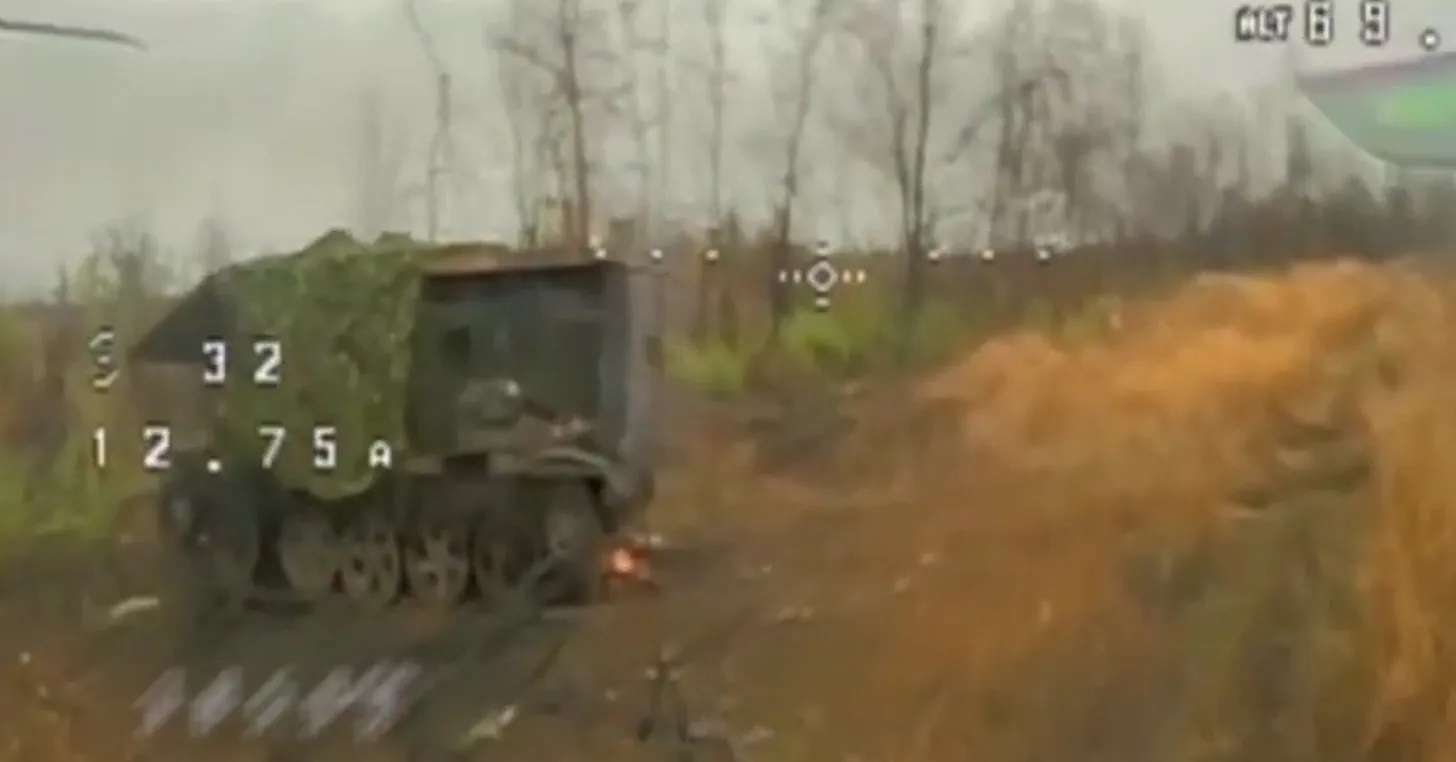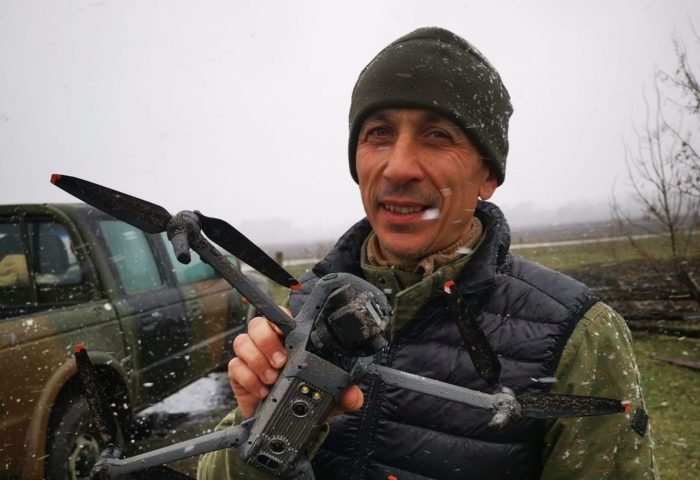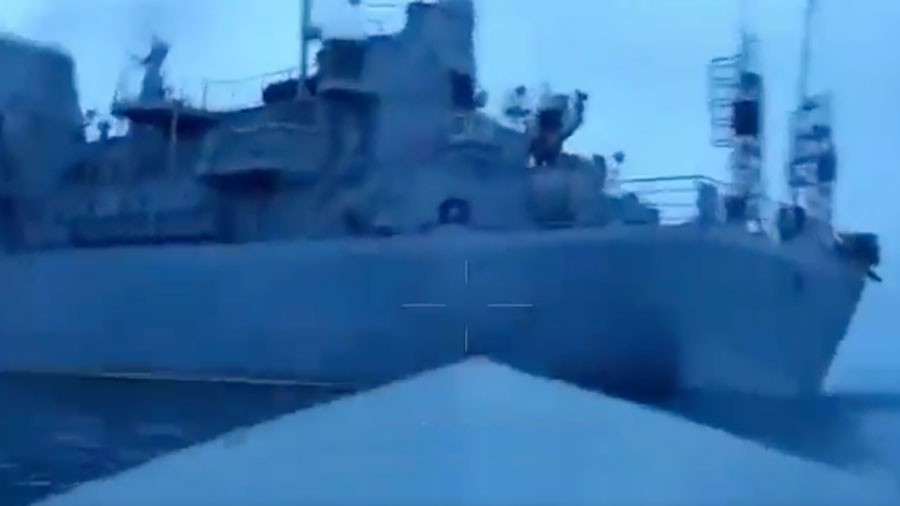- Russian forces are once again attacking in tanks and other armored vehicles
- All the recent assaults targeting the fortress city of Pokrovsk have failed
- But the Russians are adapting with new tactics
- Bad winter weather could help them advance
Russian marines tried to captured the village of Shakhove, northeast of Pokrovsk on Thursday—and failed, dramatically.
But the attack, involving 22 armored vehicles from the 155th Naval Infantry Brigade, hinted at new tactics that, with better timing and a little luck, could help the Russians break through around Pokrovsk as their wider war on Ukraine grinds into its 44th month.
The Russians made several surprising moves as they prepared two separate columns with T-80BVM tanks and BTR-82A wheeled infantry fighting vehicles laden with infantry.
In the days leading up to the Thursday morning assault, the Russian marines set up observation posts around their base in the village of Malynivka, 9 km south of Shakhove.
The goal, according to the Ukrainian 1st Azov Corps, was to detect and shoot down Ukraine's night-flying heavy bomber drones, preventing them from dropping mines on the likeliest assault routes between Malynivka and Shakhove.
At the same time, the 155th Naval Infantry Brigade—one of five marine brigades and regiments the Kremlin rushed to Donetsk Oblast this summer to bolster the Center Grouping of Forces' faltering effort to capture Pokrovsk and clear a path toward the twin cities of Kramatorsk and Sloviansk—tried to hide its T-80s and BTR-82s.
Both types are still in production at factories in Russia. But production of new vehicles isn't keeping up with vehicle losses. Every tank and fighting vehicle is precious. Especially as the winter mud deepens and strictly footborne assaults become impractical all along the 1,100-km front line.
Normally, a Russian assault column would assemble in a base such as Malynivka and roll out the morning of a planned attack, ideally under the cover of fog or an overcast sky. But that predictable deployment pattern risks drawing heavy Ukrainian fire.
To mitigate the risk, the 155th Naval Infantry Brigade sent some of its vehicles out into the tree lines around Malynivka on Wednesday, 15 October, the day before the assault.
Caught in the act
"The maneuver was unsuccessful," the 1st Avoz Corps reported. "Two units of armored vehicles were detected by reconnaissance and destroyed by artillery and [first-person-view] drones of the Unmanned Systems Forces before they even tried to hide in the forest."
Meanwhile, enough of Ukraine's heavy bomber drones got past the Russian observation posts to drop their mines along the roads between Malynivka and Shakhove.
Trending Now
All the creative measures amounted to nothing when the run rose on Thursday, and the 22 vehicles rolled out.
"Thanks to the advanced engineering equipment of the positions, effective mining and coordinated actions of the units of the defense forces of Ukraine—primarily artillery crews of the brigades of the armed forces and the national guard of Ukraine, as well as the crews of the Unmanned Systems Forces—the enemy attack was thwarted," the 1st Azov Corps boasted.
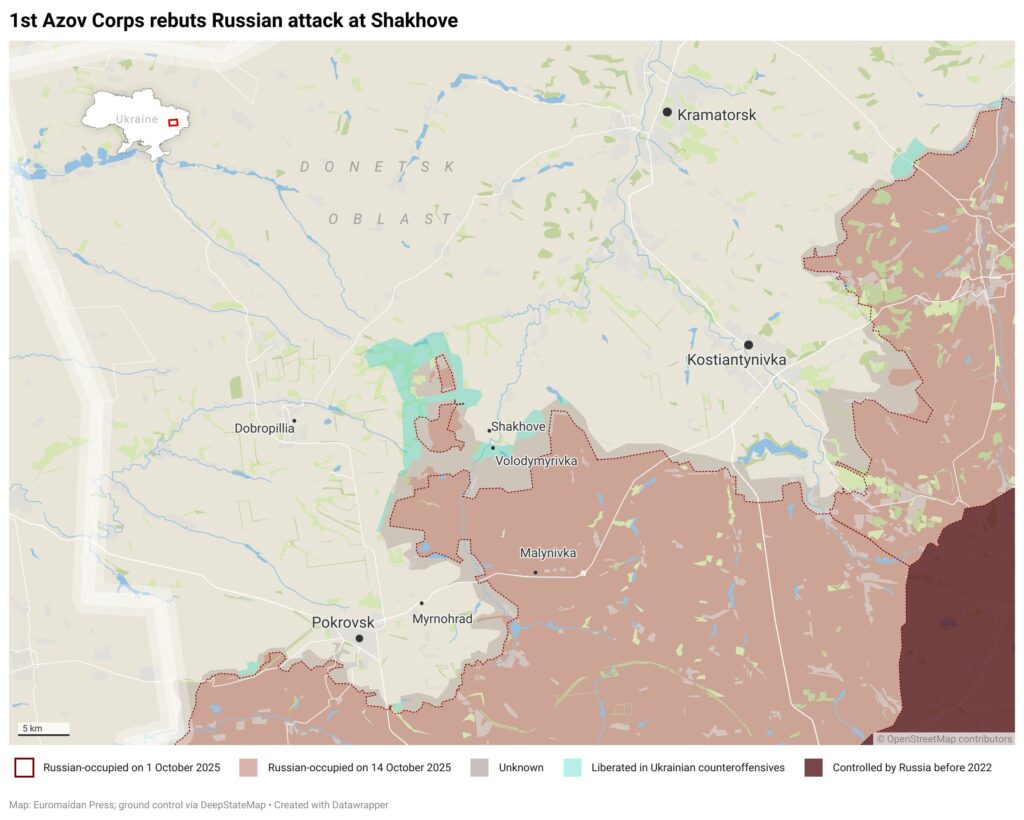
The corps hit 13 vehicles, destroying nine of them and sending the rest scurrying back to their dugouts. “They even didn’t reach the front line,” Ukrainian drone operator Kriegsforscher observed.
The weather was a critical factor. Low clouds can prevent the safe operation of drones. But the sky was clear enough on Wednesday and Thursday for Ukraine to fly lots of bomber drones (to drop mines) and surveillance drones (to surveil Malynivka and the surrounding tree lines).
Conditions could favor the Russians the next time they attack. Overall, "we have terrible weather," Kriegsforscher reported. And "that will help them advance," he added.
Combined with fog or low clouds, the new counter-drone and dispersal tactics the Russians attempted on Thursday just might work in some future assault.
